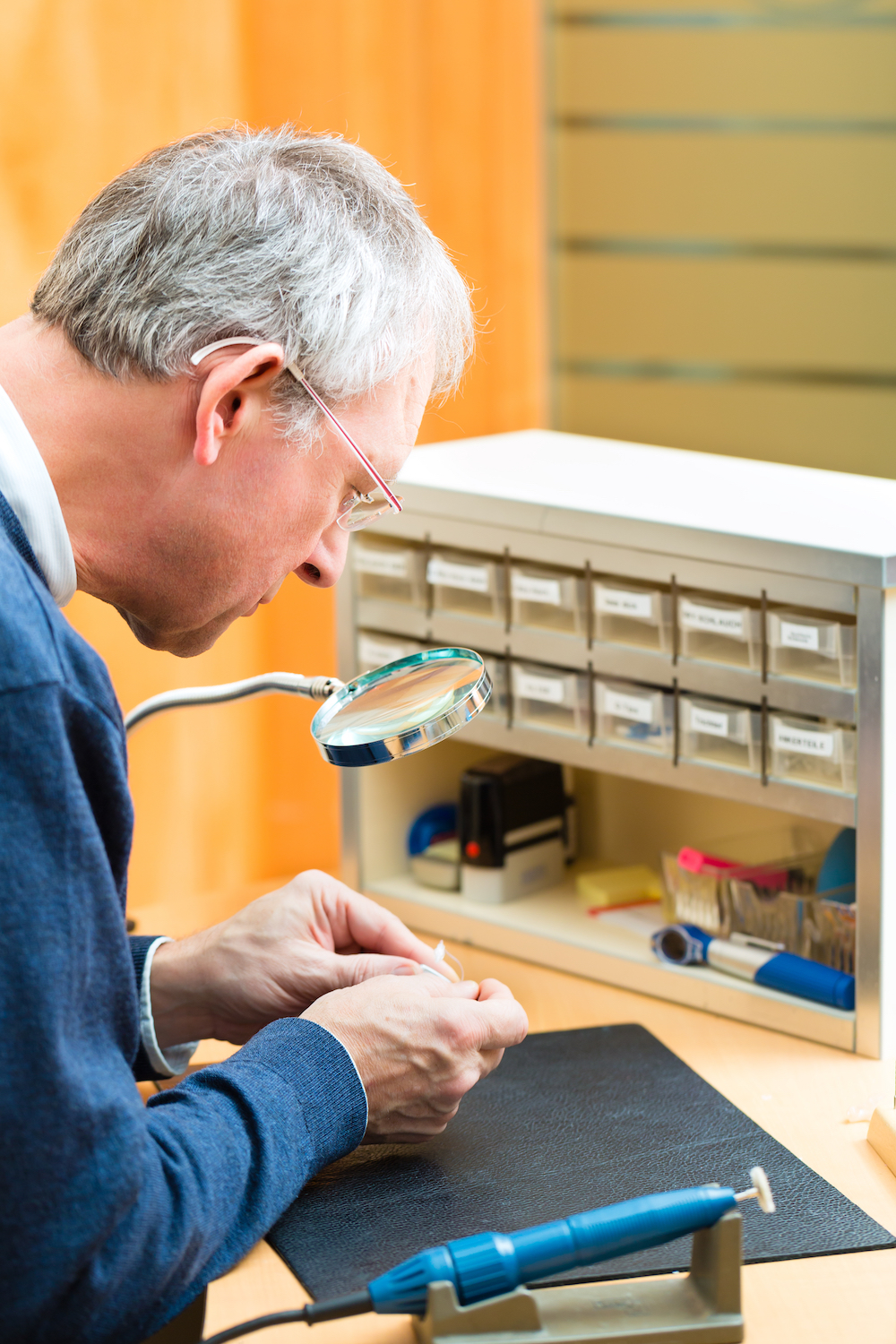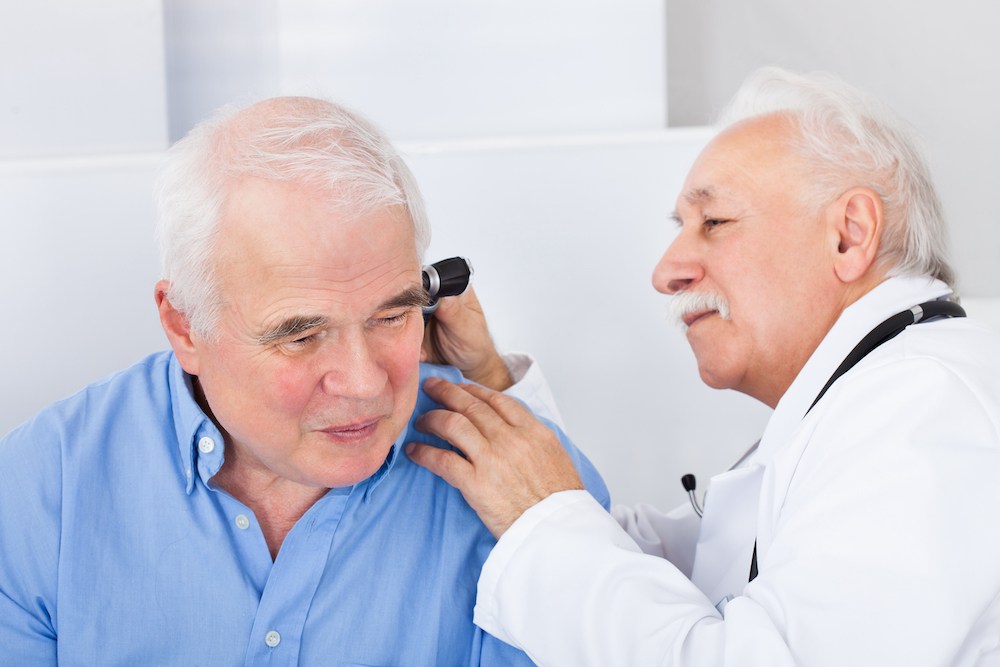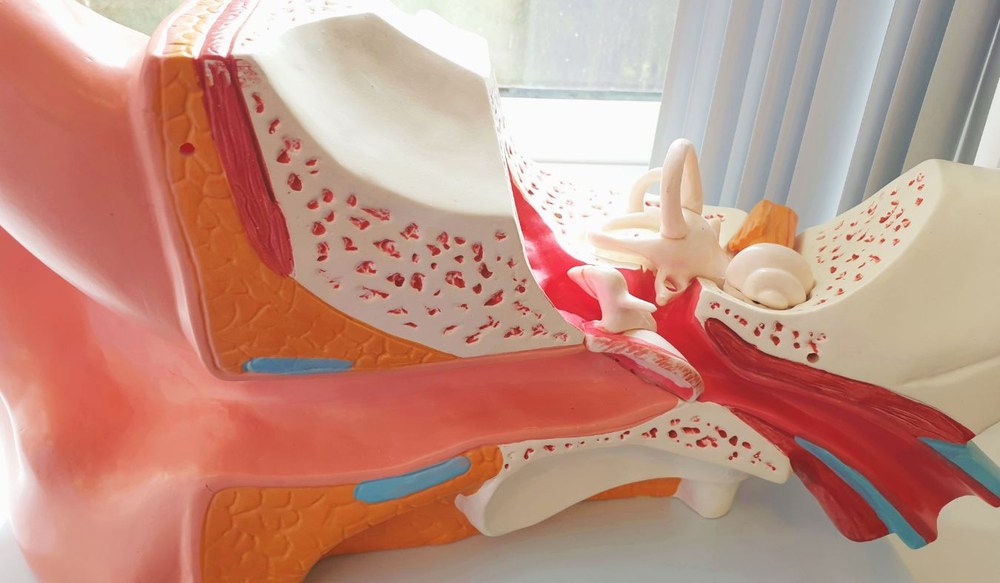How Pregnancy Can Temporarily Change Your Hearing
During pregnancy, your body goes through many changes, some of which may


During pregnancy, your body goes through many changes, some of which may

After the age of fifty, it’s common to notice gradual changes in how you

Seeing a loved one experience hearing loss can affect the flow of everyday